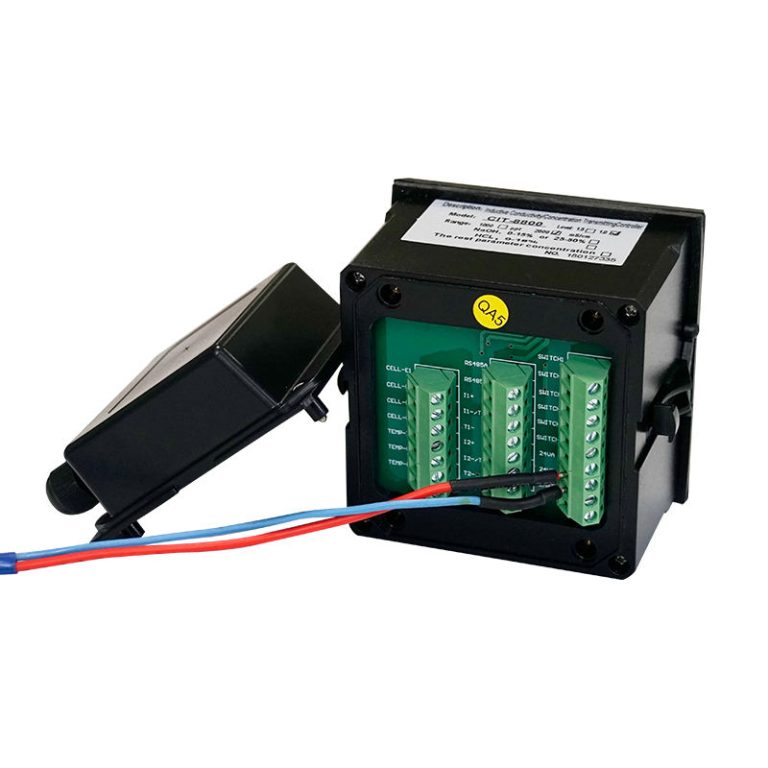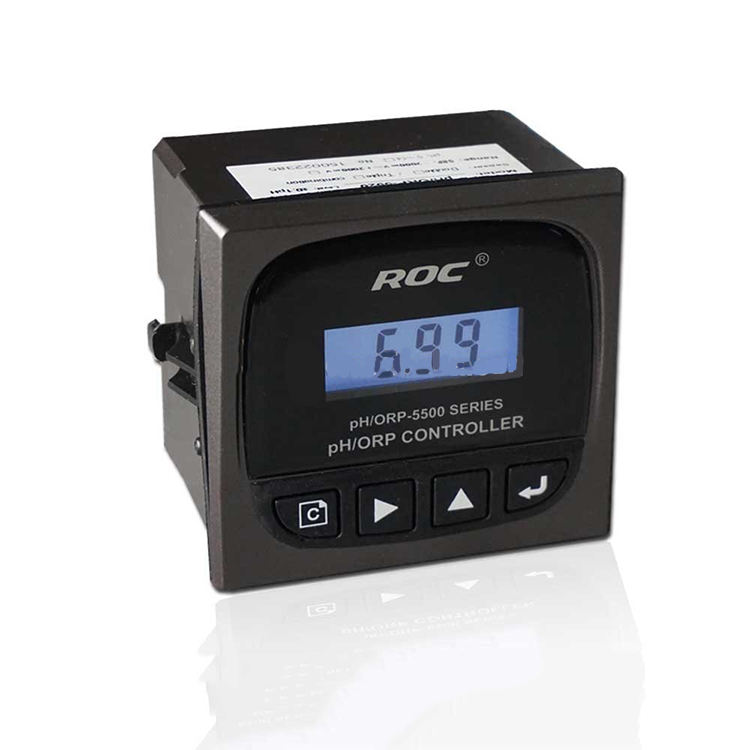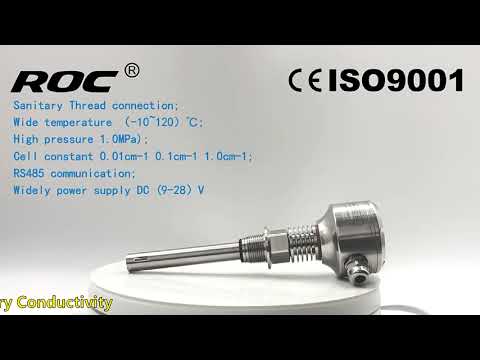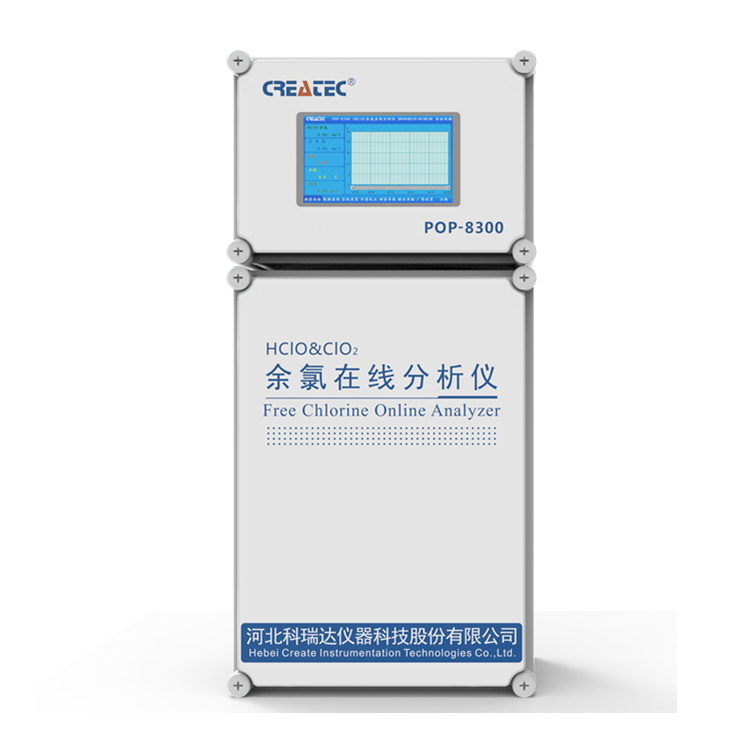Table of Contents
Importance of Regularly Testing Water Bacteria Levels in Your Home
Water is an essential resource that we rely on for our daily activities, from drinking and cooking to bathing and cleaning. However, the quality of our water can be compromised by various factors, including the presence of harmful bacteria. Regularly testing the bacteria levels in your water is crucial to ensure the safety and health of you and your family.
One of the most effective ways to test for bacteria in your water is by using a water bacteria test kit. These kits are designed to detect the presence of harmful bacteria such as E. coli and coliforms, which can cause serious illnesses if ingested. By regularly testing your water with a bacteria test kit, you can identify any potential contamination issues and take appropriate measures to address them.
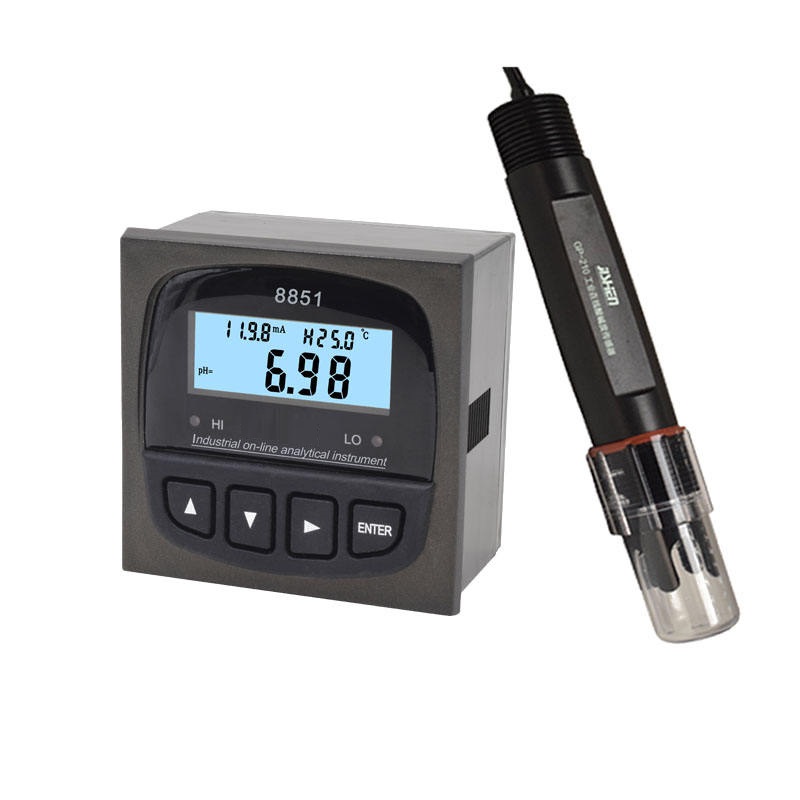
There are several reasons why it is important to regularly test the bacteria levels in your water. Firstly, bacteria such as E. coli and coliforms are known to cause a range of illnesses, including stomach cramps, diarrhea, and vomiting. By testing your water regularly, you can ensure that it is safe for consumption and reduce the risk of these illnesses occurring.
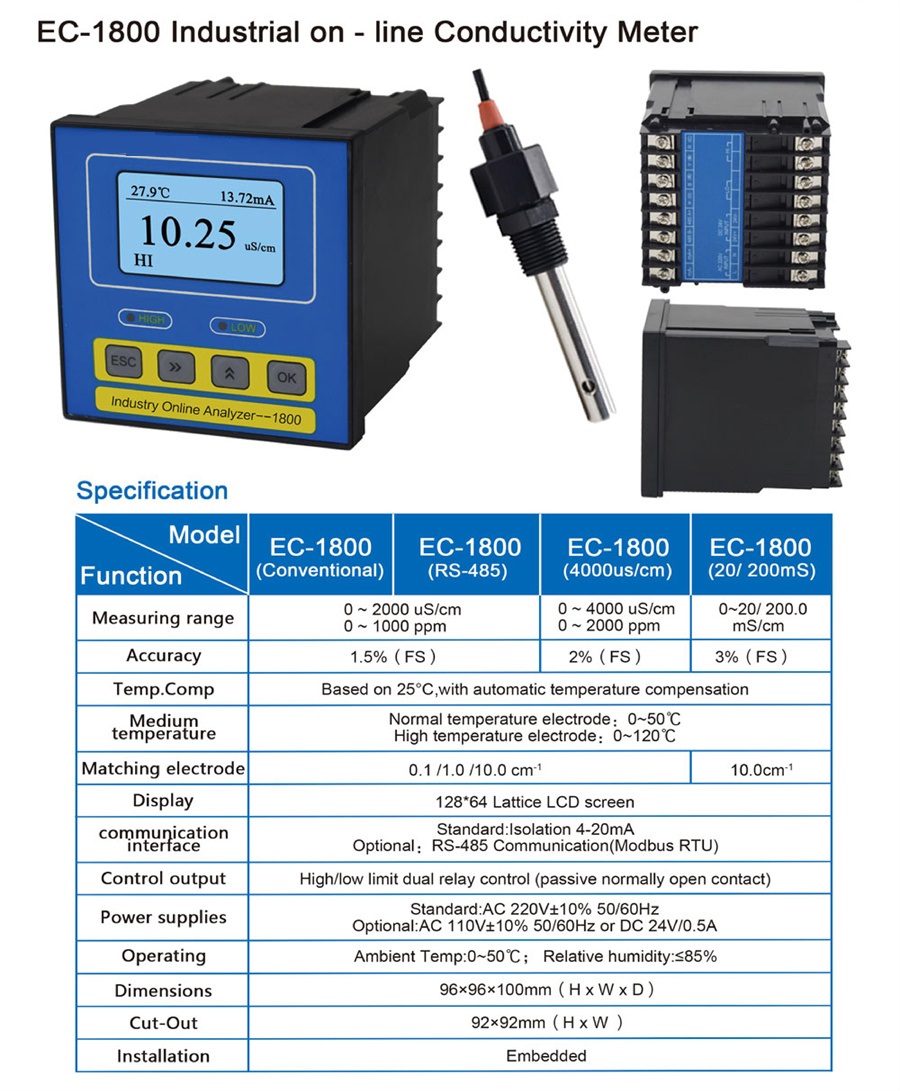
Secondly, bacteria in water can also indicate the presence of other contaminants, such as sewage or agricultural runoff. These contaminants can pose serious health risks if consumed, and testing for bacteria is an important first step in identifying and addressing any potential contamination issues.
Additionally, regular testing of water bacteria levels can help to identify any problems with your water supply system, such as leaks or cross-contamination. By detecting these issues early, you can prevent further contamination and ensure the continued safety of your water supply.
Using a water bacteria test kit is a simple and cost-effective way to monitor the quality of your water. These kits typically include everything you need to collect a water sample and perform the test, making it easy for you to test your water regularly and accurately.
When using a water bacteria test kit, it is important to follow the instructions carefully to ensure accurate results. This may involve collecting a water sample from a specific location, adding reagents to the sample, and waiting for a certain amount of time before reading the results. By following the instructions provided with the test kit, you can ensure that your results are reliable and accurate.
In conclusion, regularly testing the bacteria levels in your water is essential for ensuring the safety and health of you and your family. Using a water bacteria test kit is a simple and effective way to monitor the quality of your water and identify any potential contamination issues. By testing your water regularly, you can reduce the risk of illness, identify and address any contamination problems, and ensure the continued safety of your water supply. Make it a priority to test your water bacteria levels regularly to protect the health and well-being of your loved ones.
How to Choose the Right Water Bacteria Test Kit for Your Needs
Water quality is a crucial aspect of our daily lives, as it directly impacts our health and well-being. One of the key factors in determining water quality is the presence of bacteria. Bacteria in water can lead to various illnesses and infections if consumed or exposed to. Therefore, it is essential to regularly test the water for bacteria to ensure its safety for consumption and other uses.
There are various water bacteria test kits available in the market, each offering different features and capabilities. Choosing the right water bacteria test kit for your needs can be a daunting task, but with the right information and guidance, you can make an informed decision.
When selecting a water bacteria test kit, the first thing to consider is the type of bacteria you want to test for. Different test kits are designed to detect specific types of bacteria, such as E. coli, coliform, or total bacteria count. It is important to choose a test kit that can accurately detect the type of bacteria you are concerned about in your water source.
Another important factor to consider is the sensitivity and accuracy of the test kit. Some test kits may provide more accurate results than others, so it is crucial to choose a kit that can detect even low levels of bacteria in the water. Look for test kits that have been validated by independent laboratories or agencies to ensure their reliability and accuracy.
| Model | pH/ORP-810 pH/orp meter |
| Range | 0-14 pH; -2000 – +2000mV |
| Accuracy | ±0.1pH; ±2mV |
| Temp. Comp. | Automatic temperature compensation |
| Oper. Temp. | Normal 0~50℃; High temp 0~100℃ |
| Sensor | pH double/triple sensor; ORP sensor |
| Display | LCD Screen |
| Communication | 4-20mA output/RS485 |
| Output | High/Low limit dual relay control |
| Power | AC 220V±10% 50/60Hz or AC 110V±10% 50/60Hz or DC24V/0.5A |
| Working Environment | Ambient temperature:0~50℃ |
| Relative humidity≤85% | |
| Dimensions | 96×96×100mm(H×W×L) |
| Hole Size | 92×92mm(H×W) |
| Installation Mode | Embedded |
Ease of use is also a significant consideration when choosing a water bacteria test kit. Some test kits require complex procedures and specialized equipment, while others are designed for easy and quick testing. If you are not familiar with water testing procedures, it is advisable to choose a test kit that comes with clear instructions and user-friendly features.
Cost is another factor to consider when selecting a water bacteria test kit. Test kits vary in price, depending on their features and capabilities. It is essential to balance the cost of the test kit with its performance and accuracy to ensure that you are getting value for your money.
It is also important to consider the testing time required for the kit. Some test kits provide results within minutes, while others may take longer to produce accurate results. If you need quick and immediate results, choose a test kit that offers rapid testing capabilities.
| Model | FL-9900 Paddle Wheel flow meter |
| Range | Flow Speed:0.5-5 m/s |
| Instantaneous Flow:0-2000m3/h | |
| Accuracy | Level 2 |
| Temp. Comp. | Automatic temperature compensation |
| Oper. Temp. | Normal 0~60℃; High temp 0~100℃ |
| Sensor | Paddle Wheel Sensor |
| Pipeline | DN20-DN300 |
| Communication | 4-20mA output/RS485 |
| Control | Instantaneous Flow High/Low alarm |
| Load Current 5A(Max) | |
| Power | 220V/110V/24V |
| Working Environment | Ambient temperature:0~50℃ |
| Relative humidity≤85% | |
| Dimensions | 96×96×72mm(H×W×L) |
| Hole Size | 92×92mm(H×W) |
| Installation Mode | Embedded |
Before purchasing a water bacteria test kit, it is advisable to read reviews and testimonials from other users to get an idea of the kit’s performance and reliability. Additionally, you can consult with water quality experts or professionals to get recommendations on the best test kits available in the market.

